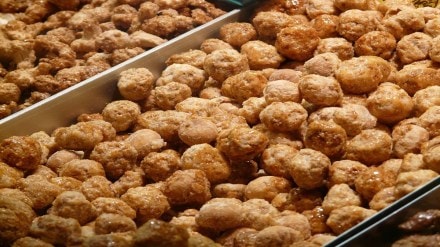Macadamia nuts, known for being a buttery delight, are packed with heart-healthy monounsaturated fats. They are a nutritious snack and versatile ingredient.
Macadamia nuts are native to Australia, specifically to the rainforests of Queensland. They are now also grown in other parts of the world with suitable climates, such as Hawaii, California, and some regions in Africa and Central America.
What are macadamia nuts?
A macadamia nut is produced from the Macadamia tetraphylla tree.
“Before becoming the delicious kernels you eat, the macadamia nut is housed inside of a hard, brown inner shell, which is then surrounded by a green, outer husk. The macadamia nut pod is technically the “fruit” of the tree that’s nestled in clusters along its winding branches and delightfully whorled leaves,” Mansi Ahuja, Ampro Marketing, India representative for World Macadamia Organization (WMO) told Financial Express.com.
How to consume macadamia nuts?
A serving size of macadamia nuts is approximately 1oz or 28g (typically 10-12 macadamias depending on size). “Don’t have a food scale or not into measuring? No worries! Just grab a small handful of macadamias instead of that candy bar or bag of chips and you will be headed in the right direction,” Ahuja explained.
What are the benefits?
The presence of good fats, fiber, protein, low sugar, and a range of beneficial vitamins and minerals including antioxidants.
According to Ahuja, macadamia nuts can help: lower cholesterol, fight inflammation, support positive gut health, promote brain function, and reduce the risk of chronic disease.
What are the side effects?
Individuals with nut allergies should exercise caution; however, aside from that concern, macadamia nuts are generally associated with no reported side effects, she added.
“From savory meals to delightful snacking, macadamias are incredibly versatile. Their decadent texture and scrumptious flavor make them suitable for meal incorporation and a perfectly wholesome snack on the go. Additionally, like many other nuts, macadamias can also be used to make milk, butter, and oil used for cooking, and baking,” she pointed out.
